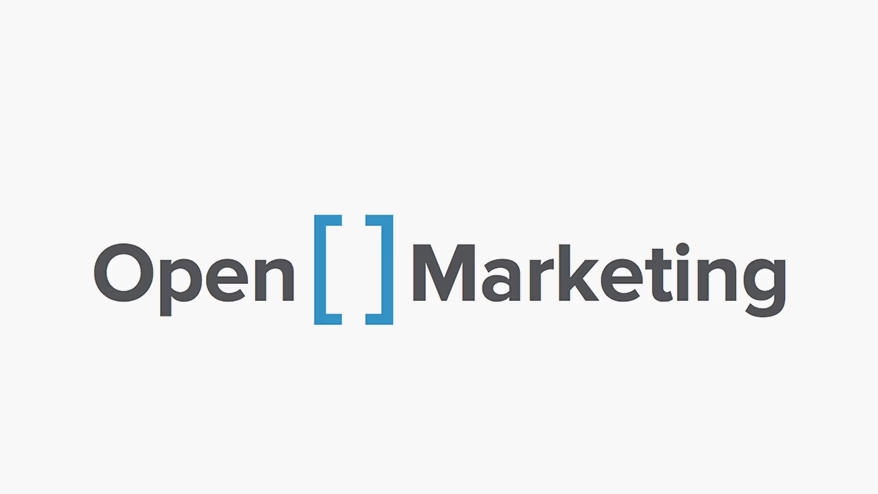先日、6月公開の記事をもって終了した、代表 林による連載「 Open Marketing 」。全28回、ものさすサイトでの最長連載となりました。本人いわく「ページビューの少なさで 1、2 位を争うコーナー」だそうですが、この連載がきっかけでお仕事をいただくこともあり、約2年半 連載を続けてきた効果もちらほらと現れています。
第1回の冒頭に、林が書いたのはこんな言葉でした。
これまでのように、自分たちの「よさ」を
相手におしつけるかのように主張するのではなく、
自分たちの会社のあり方、考え方、行動を
正直に伝えるという「ひらく」行為によって
ゆっくりと感じとってもらう。顧客を集めるのではなく、集う。
売るのではなく、価値を交換する。
つなぎとめるのではなく、つながる。
自分たちのあり方を正直に伝えること。それが林の考える「 Open =ひらく 」マーケティングの最も大切なポイントです。一体これは、いわゆる従来のマーケティング手法とどう違うのか。全28回の連載を5つの流れにわけて、あらためて振り返ってみたいと思います。
5つの流れでふりかえる Open Marketing
1. Open Marketing とは:従来のマーケティングとの違い
(第1回〜第10回)
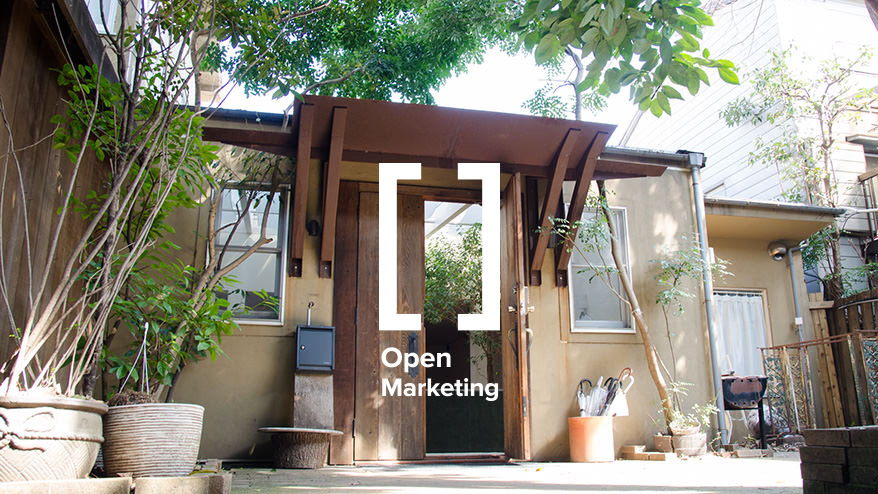
まず、第一のフェーズでは「 Open Marketing 」とは何ぞや、ということについて丁寧に解説していきます。もともと大手コンサル会社出身で、これまでのキャリア全てをマーケティングコンサルタントとして過ごしてきた林。一方で、13年前からはモノサスという会社の代表という立場でもあり、このふたつのキャリアを同時に経験してきたことが、Open Marketing という考えにたどり着くきっかけになったと言います。
- コンサルタント(合理性重視、効果を見る側 = 客観的)
- 経営者(自らの理想や想いを形にしていく側 = 主観的)
この、一見矛盾するかのように見えるふたつの価値観が、一定の条件を満たせば、反発することなく同居し、さらにはとても大きな効果を産み出す。その実感が Open Marketing という考えにつながりました。
第1回〜10回では、連載にあたっての想いをはじめ、新規顧客獲得、リピート率向上、固定客化など、従来のマーケティング手法と比較しながら、Open Marketing の基本的な考え方についてお伝えします。
第1回:Open Marketing の連載にあたって
第2回:自分たちの会社のあり方、考え方、行動をひらく
第3回:Open[ Action ]- 前編 - 行動をひらくことで見える、企業の価値観
第4回:Open[ Action ]- 後編 - 行動をひらくことで見える、企業の価値観
第5回:マーケッターはなぜ新規顧客を集めつづけることに追われるのか。- 前編 -
第6回:マーケッターはなぜ新規顧客を集めつづけることに追われるのか。- 後編 -
第7回:リピート率の向上に必要なパラダイムシフト
第8回:固定客とは、なにか。
第9回:固定客に共通する5つのポイント - 前編 -
第10回:固定客に共通する5つのポイント - 後編 -
2. ちょっと一息:Open Marketing を整理しつつ事例紹介
(第11回〜第14回)
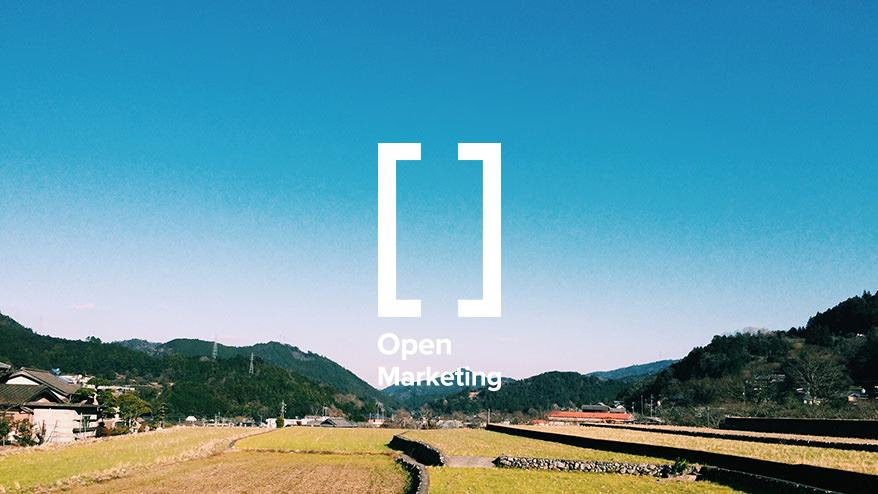
第10回を終了して、このあたりでちょっと一息。
これまでの流れを整理しつつ、少し視点を変えて、マーケティングの概念が産まれた背景を振り返りながら、これからのマーケティングについて考えます。
ヒントの一つが、「超グローバルブランドと、顔の見える範囲でコミュニティを形成しながら発展していくローカルビジネスの二極化が進むのではないか」という考察です。また、従来の「マーケットイン(市場ありき)」「プロダクトアウト(プロダクトありき)」という考え方ではなく、「社会課題ありき」という考えが重要なのではないかと。
その事例として、Food Hub Project をご紹介。私たちモノサスが徳島県神山町といっしょに始めた挑戦を、Open Marketing の視点から紐解いていきます。
第11回:これまでのマーケティング、これからのマーケティング
第12回:ともに社会課題を解決する仲間を、顧客としてつのる。
第13回:Open Marketing から見た、Food Hub Project の取り組み -前編-
第14回:Open Marketing から見た、Food Hub Project の取り組み -後編-
3. はじめてみよう:顧客を信じる、そして自分を信じる
(第15回〜第20回)
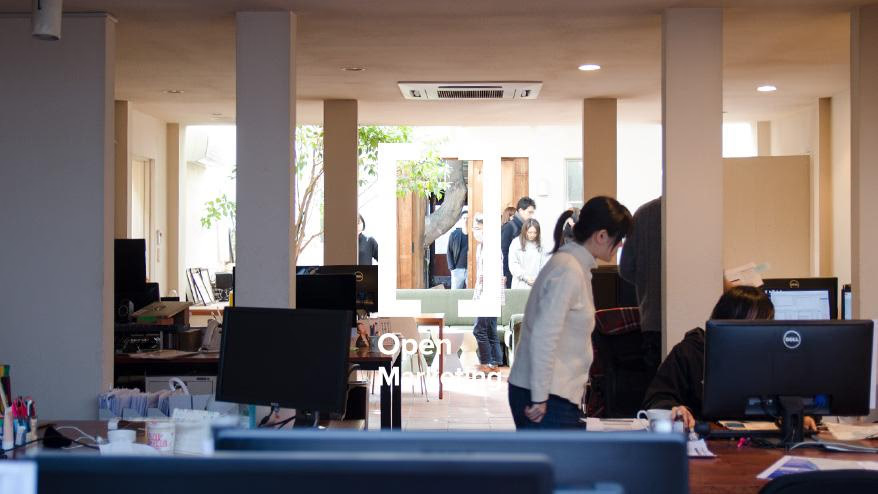
ここからは、再び本題にもどって、Open Marketing の考えを掘り下げていきます。どうすれば Open Marketing を実際に取り入れていけるのか。Step.1〜Step.4 に分けてお伝えします。
Open Marketing をはじめるにあたって、まず最初にすべきことは、自分たちの心の位置を据え直すことであり、これまでのビジネスのスタンスを見つめ直して、新たな気持ちで商品・サービスと向き合うこと。
その第一歩である「Step.1:顧客を信じる」「Step.2:自分を信じる」について、これまで関わったクライアントの事例を交えながらじっくりと解説します。
自分がやってきたビジネスを支えてくれている「本当にいい顧客=コアカスタマー」の存在を認識し、彼らが評価してくれている、自社の価値観や商売のやりかたを、自らが信じること。その大切さについてお伝えします。
第15回:Open Marketing のはじめかた Step.1 顧客を信じる -その1-
第16回:Open Marketing のはじめかた Step.1 顧客を信じる -その2-
第17回:Open Marketing のはじめかた Step.1 顧客を信じる -その3-
第18回:Open Marketing のはじめかた Step.1 顧客を信じる -その4-
第19回:Open Marketing のはじめかた Step.2 自分を信じる -その1-
第20回:Open Marketing のはじめかた Step.2 自分を信じる -その2-
4. はじめてみよう:コアカスタマーを集めるには
(第21回〜第25回)
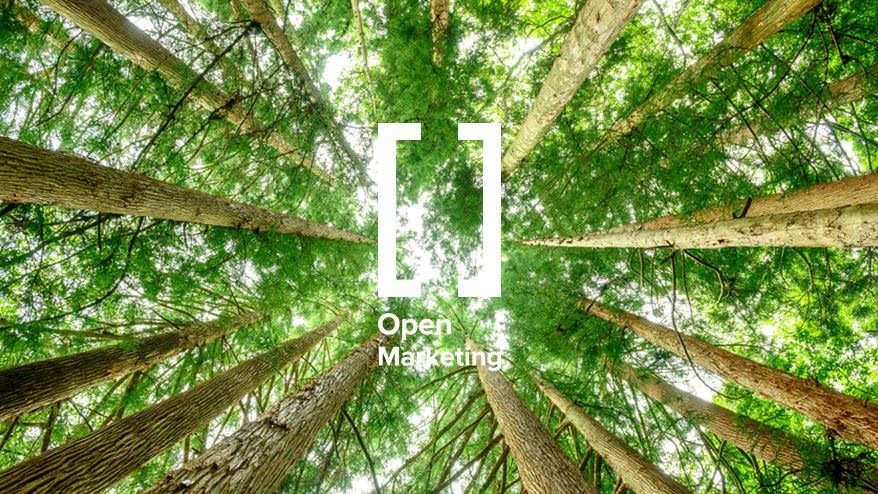
続く、「Step.3:力を集める」では、コアカスタマー(本当にいい顧客)を増やしていくためのアプローチについて、全5回にわけて解説します。
そのポイントとなるのが「コア・エクスペリエンス」です。
実は、コアカスタマーという考えよりも、コア・エクスペリエンスという概念が先だったという林。顧客インタビューを重ねるなかで、固定客化するユーザーに共通する深い体験(コア・エクスペリエンス)があることに気づきます。
不特定多数の見込み客を集めて消耗するのではなく、「自社と合う見込み客」を集めること。そして、きちんと自社の商品・サービスを体験してもらうこと。そこに力を集めていくことが何よりも大切だといいます。
第21回:Open Marketing のはじめかた Step.3 力を集める -その1-
第22回:Open Marketing のはじめかた Step.3 力を集める -その2-
第23回:Open Marketing のはじめかた Step.3 力を集める -その3-
第24回:Open Marketing のはじめかた Step.3 力を集める -その4-
第25回:Open Marketing のはじめかた Step.3 力を集める -その5-
5. いよいよ大詰め:「オープン」であるということ
(第26回〜第28回)
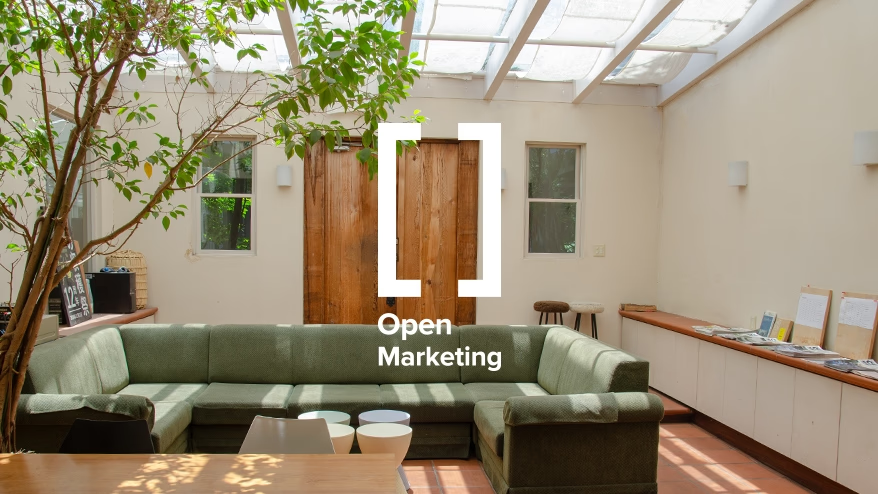
2年半つづけてきた連載も、いよいよラスト。
最後は「Step.4:自分を開く」です。
Open Marketing とはどういうことか。これまで伝えてきたことを端的にまとめると、「そこにある市場にむかって、商品・サービスを提供するのではなく、自分たちが心からよいと思うものを、その価値を真に理解してくれる人たちに向けて、ゆっくりと伝えてゆくこと」。そのために必要なのが「自分を開くこと」です。
大切にしたい顧客とのコミュニケーションは、どうあるべきなのか。
そして連載を終えるにあたって、なぜ林がこの連載を書こうと思ったのか。その根底にある「ともに生きていきたい人たちと、働く。」という想いについて語ります。
第26回:Open Marketing のはじめかた Step.4 自分を開く -その1-
第27回:Open Marketing のはじめかた Step.4 自分を開く -その2-
第28回:ともに生きていきたい人たちと、働く。
以上、全28回を駆け足でふりかえってみました。
第1回目で「発展途上の Open Marketing という概念を、みなさんと一緒により深めていきたい」と語っていた林ですが、時に迷いつつ(時に苦しみつつ)2年半におよぶ思考の過程で、Open Marketing に対する考えが、より明確になったと言います。連載をご愛読いただいたみなさま、ありがとうございました。
ものさすの Open Marketing はどう進んでいくのか。
私たちの歩みを、またどこかでお伝えできればと思います。
